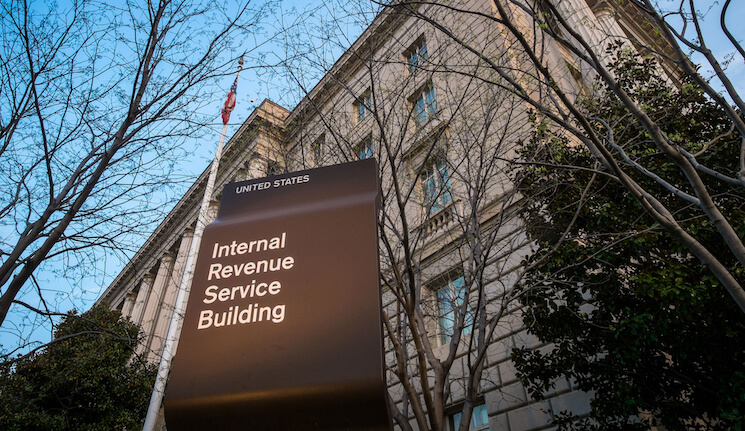The level of the U.S. corporate income tax rate is important, but it’s not everything

For the past few years, policymakers on both sides of the aisle in Washington DC have hoped that the next U.S. election cycle would create the right conditions for “tax reform.” More specifically, the hope is that the U.S. corporate income tax could be reformed, with the assumption being that the statutory rate could be lowered alongside efforts to close numerous corporate tax loopholes. Yet it’s worth remembering that the corporate tax rate isn’t everything when it comes to taxing business income.
First, let’s be clear that the statutory marginal tax rate of 35 percent is extremely important. But the rate itself can’t and shouldn’t be the end of the conversation about how policymakers can reform the U.S. corporate income tax. When thinking about taxes, we have to consider not only the rate at which something is being taxed but also how much of the income is actually taxed. Increasing the amount of income that’s taxable is known as “broadening the base.” When it comes to the corporate income tax, the base is eroding. Through profit shifting, U.S. corporations are increasingly adept at getting profits earned in the United States to appear as profits registered in low-tax jurisdictions.
Some policymakers argue that lowering the tax rate would lead companies to move some of these profits back to the United States. But that argument—taken to its logical conclusion—would require bringing down U.S. rates to the lowest rate elsewhere in the world. In effect, that would be outsourcing the U.S. corporate income tax rate to whichever jurisdiction wanted to decrease its rate the most.
There are other, more viable, options. Policymakers could help broaden the base through other reforms that make sure the base isn’t eroded. Such reforms are discussed in an Equitable Growth report from Reed College economist Kimberly A. Clausing.
Pulling our lens back a bit further, there’s another trend that’s reducing the corporate income tax base—increasingly, U.S. businesses are no longer publicly held and instead are private companies. The number of companies listed on U.S. stock exchanges peaked in 1996 and the majority of business income is now earned by pass-through entities such as limited liability partnerships. Even if policymakers could halt and then reverse the erosion of the corporate tax base, the corporate income tax would still not cover a considerable amount of business income because privately-held businesses income isn’t taxed at the corporate rate.
Again, all this isn’t to say that debates about the level of the U.S. corporate tax rate aren’t important—just that policymakers need to consider not only how much each dollar of business profits are taxed, but also how many dollars earned by companies are taxed.
